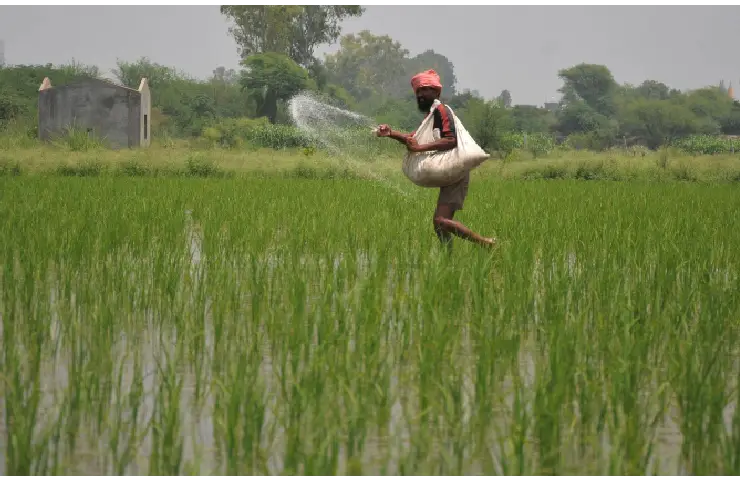

All eyes on India's grain production (Photo: IANS)
Despite rising threats from erratic climate conditions, India’s rice production in the last five years have steadily risen. In 2018-19, India produced 116.48 million tonnes of rice. In 2022-23, total production of the grain increased to 135.8 million tonnes. Similarly, the sowing area for rice has also increased. While in 2018-19, it was 44.16 million hectares, it was 46.38 million hectares in 2021-22. This year the acreage has further gone up, albeit marginally, though several states received heavy rains causing flood alarms while others received less than normal monsoons.
Sources said that now with the weather conditions now stabilising, the country’s rice production is unlikely to be dented.
“We don’t see any significant change in production from what we saw last year, though several export restrictions are in place to prioritise the domestic market,” Vinod Kaul, Senior Executive Director, All India Rice Exporters’ Association, told India Narrative.
India is the world’s largest exporter of rice accounting for almost 40 per cent of the global supplies with shipments going to about 140 countries.
Production of paddy and wheat among other crops is crucial for India’s food security. About 60 per cent of the rice sowing in India takes place during the Kharif season. The remaining production of rice takes place during the Rabi cycle in the winter months.
Incidentally, in 2010, the production was 89 million tonnes only.
India has been a net exporter of wheat, rice and other food grains such as rye, maize, sorghum, buckwheat, jawar, bajra, ragi and their import is negligible. The Centre has also assured of adequate food stocks to tackle any shock.
In China, large swathes of agricultural land have been washed away due to floods, once again putting the spotlight on food security. The extreme weather fluctuations — from floods to droughts in China– home to 1.4 billion people, have become a cause for concern and policymakers amid shrinking arable land. This year’s devastating floods could further push up China’s food imports.
Last year, Pakistan’s crops were damaged by floods.
According to news agency Reuters, China’s direct economic losses from natural disasters surged to $5.74 billion in July, more than in January to June combined, driven by severe weather as two powerful typhoons hit the country in one month.
Also read: India urges Bay of Bengal and ASEAN countries to go big on connectivity, food security
The Border Security Force (BSF) Director General Daljit Chawdhary on Friday met with Union Home…
By Shailesh Yadav Google Gemini, the generative artificial intelligence tool of technology major Google, can…
Union Home Minister Amit Shah spoke with Chief Ministers on Friday and asked them to…
Raja Abid, Chairman of the Revolutionary Students Organisation, has condemned the deteriorating education system in…
Tibetans-in-exile in Shimla observed the 36th birthday of the 11th Panchen Lama, Gendhun Choekyi Nyima,…
Leaders of the Baloch Yakjehti Committee (BYC), currently held in Huda Jail in Quetta, have…